Coronary Artery Disease Nursing
Coronary artery disease nursing. Plaque narrows the arteries and reduces blood flow to your heart muscle. Likewise spouses of patients with CAD require special attention and assessment so that their caregiving and recovery from a cardiac-related event is successful. 1 Although death rates from CAD have decreased in most high- and middle-income countries in the past 2 decades there are worrying signs of a lessening trend in the United States 2 and the dramatic increases of world-wide obesity 3 and.
Coronary arteries are arteries that supply the heart muscle with oxygen-rich blood. This Osmosis High-Yield Note provides an overview of Coronary artery disease essentials. The resulting blockage restricts blood flow to the heart.
Coronary artery disease CAD is narrowing of the arteries to your heart caused by a buildup of plaque. Plaque is made up of fat cholesterol calcium and other substance found in the blood. The narrowing in your arteries decreases the amount of blood that can flow to your heart.
These present a low risk for coronary artery disease through PROCAM Quick. It is the result of atheromatous changes in the vessels supplying the heart. 1 angiogenesis which is the sprouting of endothelial cells from preexisting capillaries and the formation of a capillary network.
Nursing_criteria nursingcriteria nursing criteria bsc_nursing_notes post basic bsc nursing bsc nursing notes nursing care planNursing Care planCoronar. Angina Plaque build up in the coronary arteries to the heart causes poor blood flow and the heart may not receive all the oxygen that it needs. Coronary artery disease CAD is the most common type of heart disease that is the leading cause of death in the United States in both men and women.
2 the arteriolarization of capillaries and microvessels. It is caused by atherosclerosis an accumulation of fatty materials on the inner linings of arteries. This usually occurs when the heart.
Coronary artery disease CAD is the most common form of heart disease. Coronary artery disease CAD is the world-wide leading cause of death not only in high-income countries but also increasingly in developing countries.
This Osmosis High-Yield Note provides an overview of Coronary artery disease essentials.
Find more information about Coronary artery disease by visiting the associated Learn Page. 1 angiogenesis which is the sprouting of endothelial cells from preexisting capillaries and the formation of a capillary network. All Osmosis Notes are clearly laid-out and contain striking images tables and diagrams to help visual learners understand complex topics quickly and efficiently. The narrowing in your arteries decreases the amount of blood that can flow to your heart. Coronary artery disease also called coronary heart disease NCLEX lecture video on the nursing anatomy pathophysiology treatment and signs and symptoms. Coronary artery disease CAD is a condition in which plaque builds up inside the coronary arteries. It happens when the arteries that supply blood to heart muscle become hardened and narrowed due to the build-up of cholesterol and other material called plaque on their inner walls. Coronary artery disease CAD is one of the major cardiovascular diseases affecting the global human population. Poor blood flow to the heart is called coronary artery disease CAD and can cause angina or a heart attack.
Coronary artery disease CAD is narrowing of the arteries to your heart caused by a buildup of plaque. Plaque is made up of fat cholesterol calcium and other substance found in the blood. It is the result of atheromatous changes in the vessels supplying the heart. These present a low risk for coronary artery disease through PROCAM Quick. The term atherosclerosis comes from two Greek words. Angina Plaque build up in the coronary arteries to the heart causes poor blood flow and the heart may not receive all the oxygen that it needs. Nursing_criteria nursingcriteria nursing criteria bsc_nursing_notes post basic bsc nursing bsc nursing notes nursing care planNursing Care planCoronar.

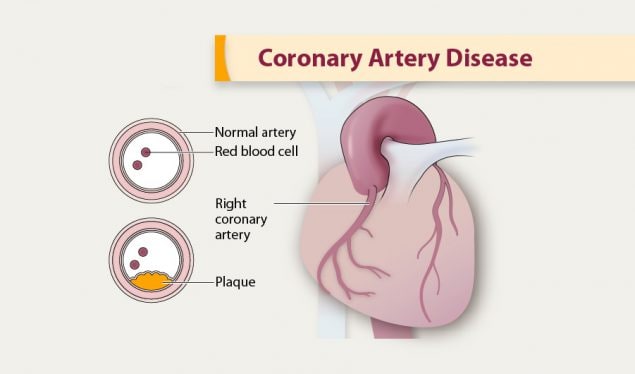






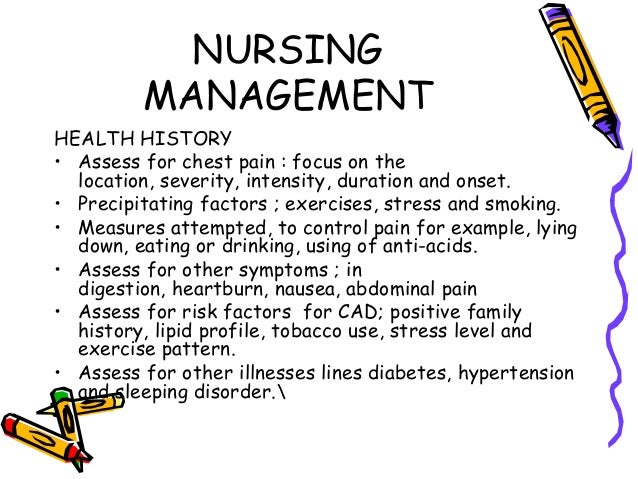
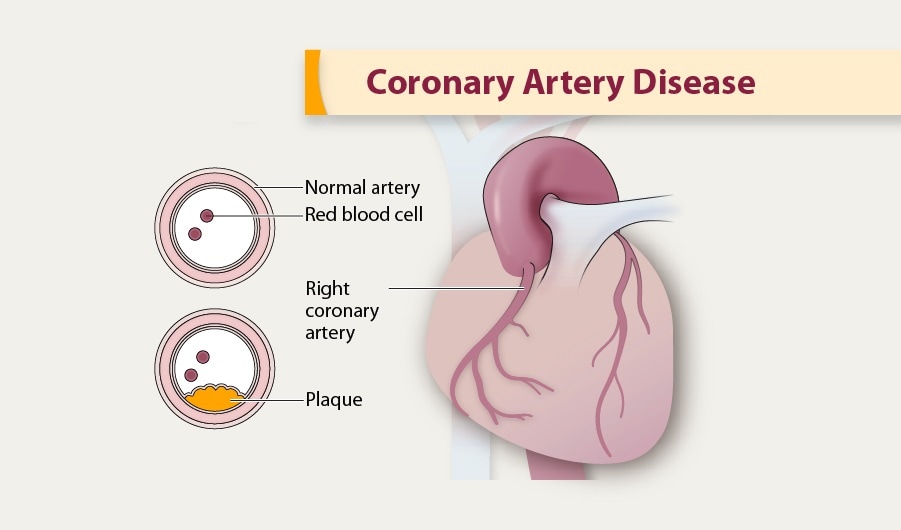

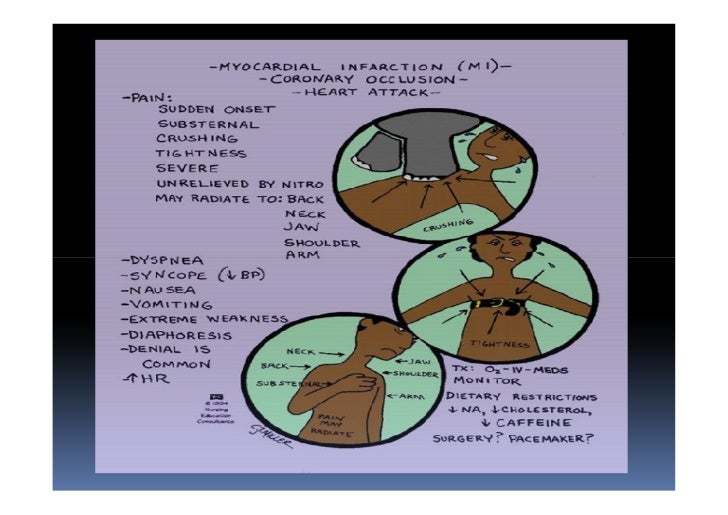




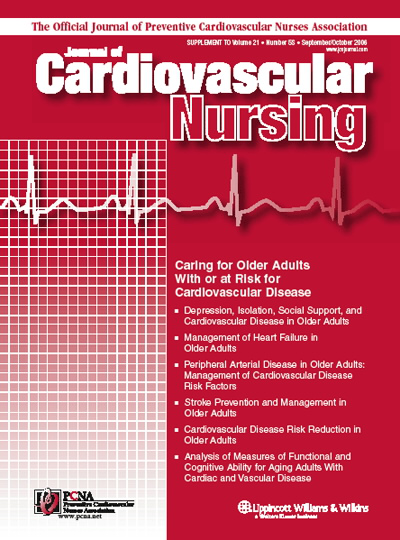




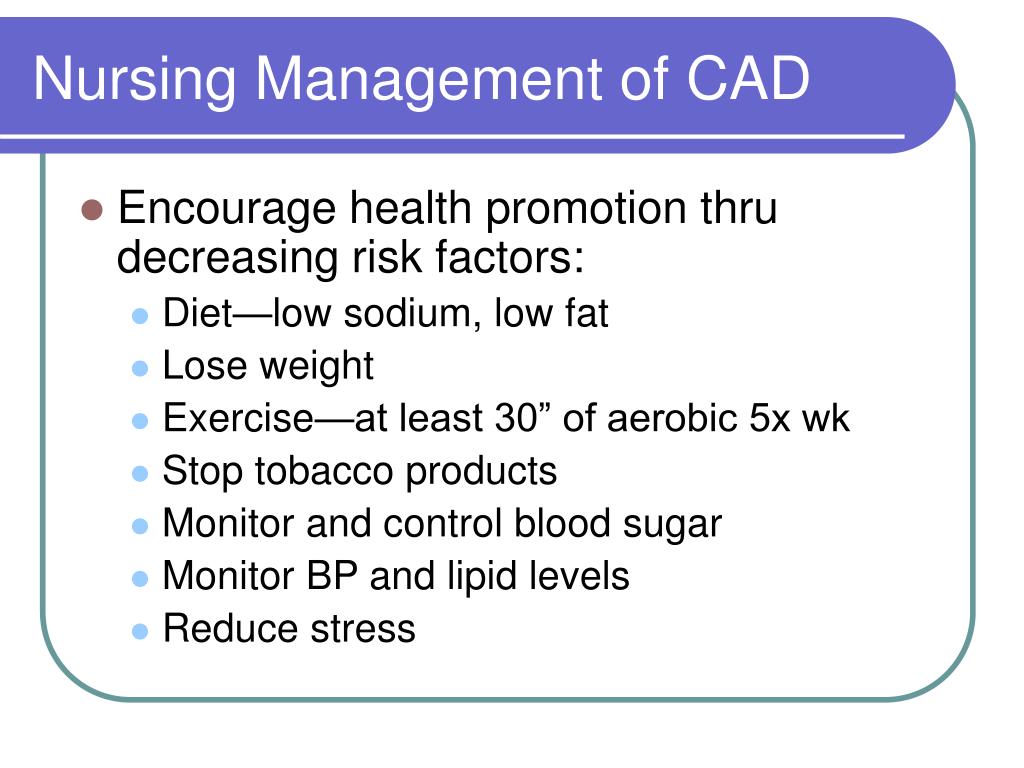


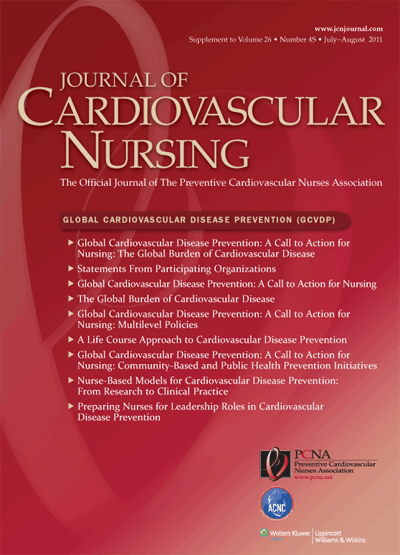
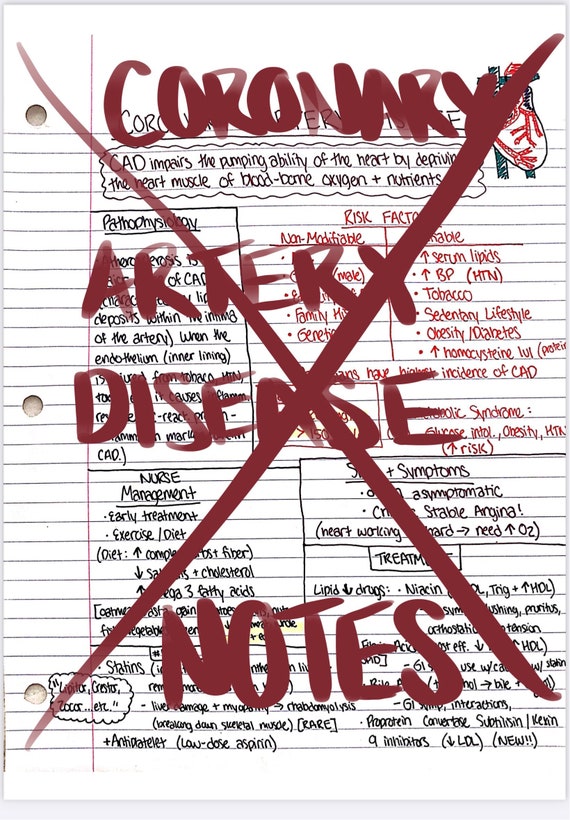



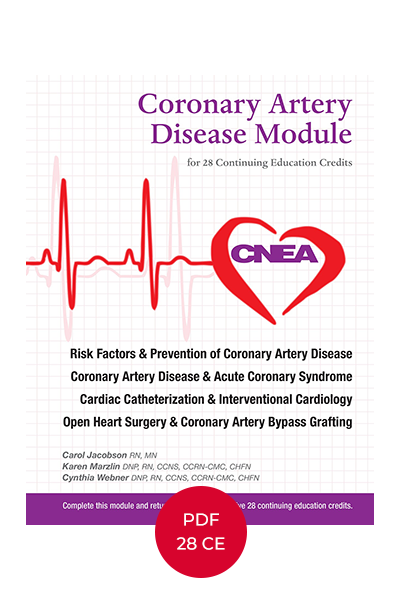










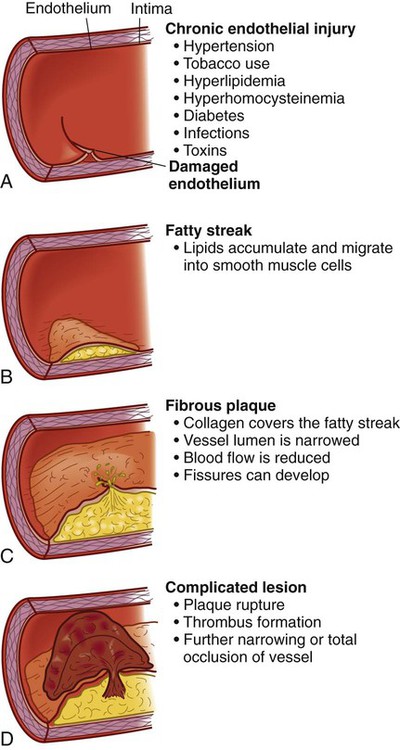



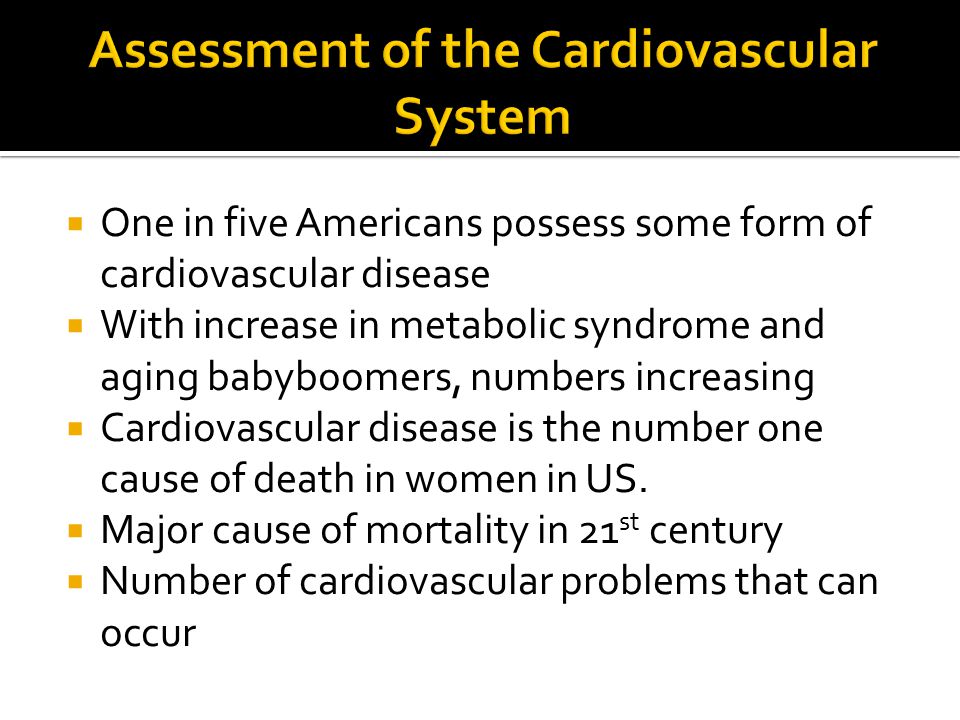
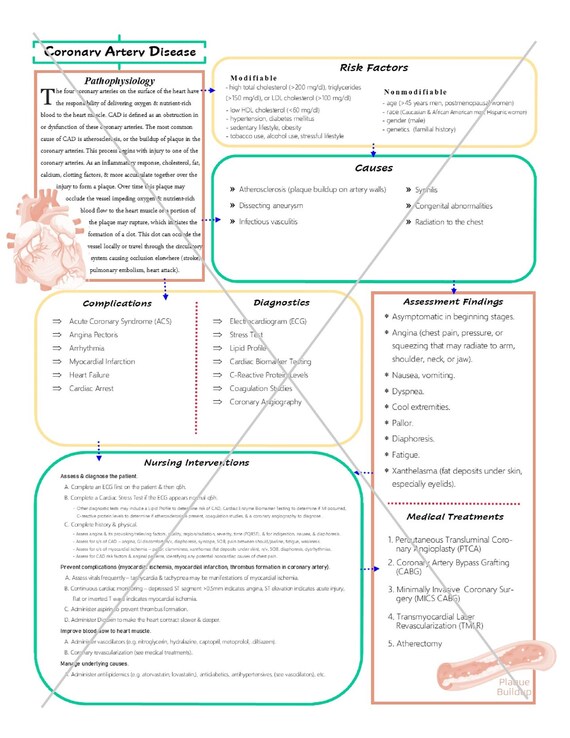

Post a Comment for "Coronary Artery Disease Nursing"